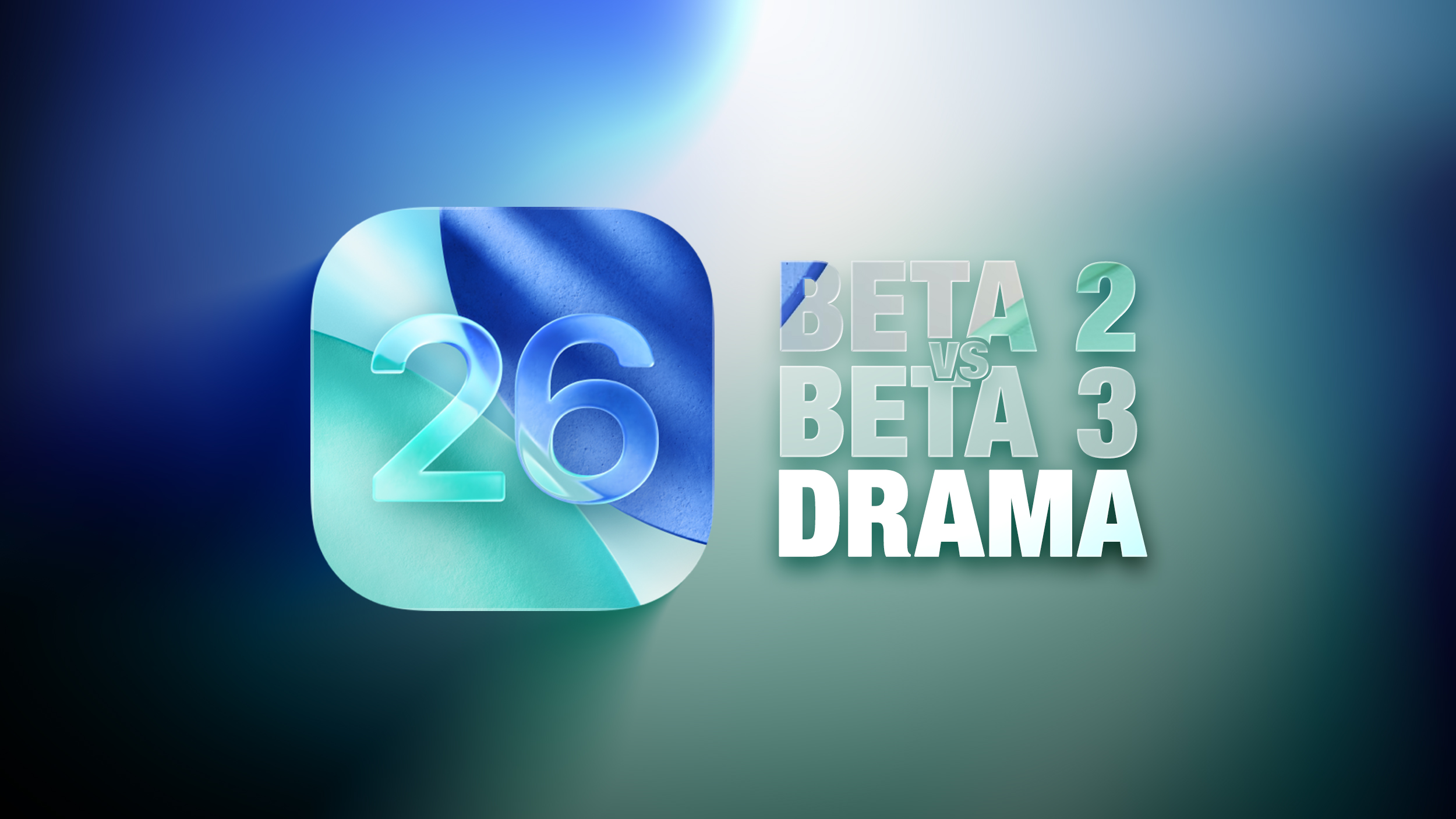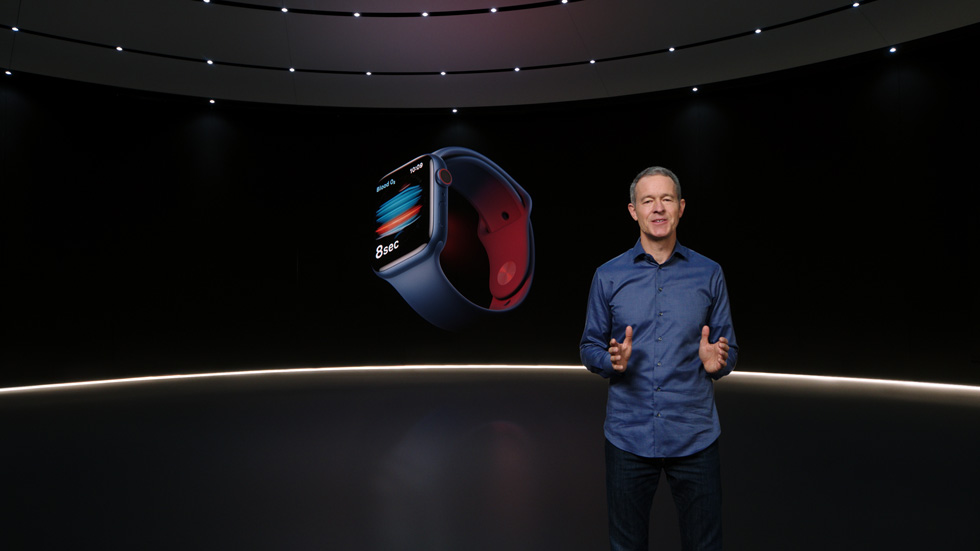|
Here at PCWorld, we'e dug through thousands of Prime Day deals over at Amazon to find the very best ones. Our tech experts have been testing PC hardware and gadgets for decades and know what's worth buying and what should get a pass. You'll need to be a Prime member to seize advantage of the sales though! Here's how to get Amazon Prime for free if you need it.
We're updating often, so make sure to check back frequently to see what deals we found.
Best Prime Day deals on mainstream laptops and Chromebooks
Apple 2025 MacBook Air, M4 chip/13.6-inch 2560×1664 display/16GB RAM/256GB SSD, $849 ($150 off at Amazon)
Microsoft Surface Laptop (2024), Snapdragon X Elite processor/13.8-inch ?2304×1536 display/16GB RAM/512GB SSD, $993.79 ($406.20 off at Amazon)
Asus Vivobook S 14, AMD Ryzen AI 9 365 processor/14-inch 3840×2160 OLED display/24GB RAM/512GB SSD, $1,057.99 ($142 off at
|
|

This iPad Mini was our very first purchase of Prime Day.
|
|
I use AirTags to track everything from my luggage to my keys, and now is the perfect time to stock up on them.
|
|
 Apple has been refining Liquid Glass during the developer beta testing process, and both beta two and beta three have introduced some major tweaks. There was little outcry over the updates that Apple made in the second beta, but the third beta's design updates have frustrated some users who feel that Apple is removing too much of the Liquid Glass aesthetic. Apple has been refining Liquid Glass during the developer beta testing process, and both beta two and beta three have introduced some major tweaks. There was little outcry over the updates that Apple made in the second beta, but the third beta's design updates have frustrated some users who feel that Apple is removing too much of the Liquid Glass aesthetic.
|
|
 Apple today announced a major executive shakeup: Jeff Williams will be stepping down as COO of the company later this month, and he will be succeeded by Sabih Khan, who has served as Apple's Senior Vice President of Operations since 2019. Apple today announced a major executive shakeup: Jeff Williams will be stepping down as COO of the company later this month, and he will be succeeded by Sabih Khan, who has served as Apple's Senior Vice President of Operations since 2019.
|
|
I'm not scared of worms, I just don't like them and want them to go away.
|
|
